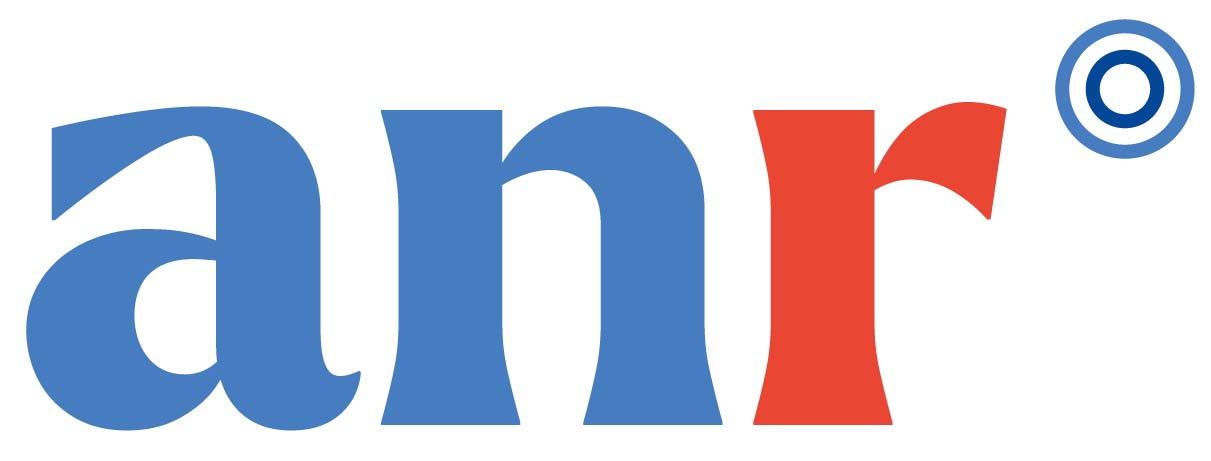Project IMPRIMA
Funding
-
Project ID: ANR-18-CE46-0004
-
ANR Programme: Modèles numériques, simulation, applications (CE46) 2018.

Description
Additive manufacturing completely changes the way objects can be produced. On the one hand, it simplifies the manufacturing process itself, allowing everyone - including the general public - to physically realize a virtual model using a 3D printer. On the other hand, it affords for unprecedented possibilities in terms of shape complexity, both at the macro and micro scales: objects can be filled with multi-material structures that vary in size, orientation and shape to give specific properties to the final parts. Unfortunately, describing shapes at this level of customization, scale and complexity is beyond the reach of current software. The challenge lies in how to specify shapes than can be easily manipulated, optimized for properties, as well as visualized during manipulation and prepared efficiently for the manufacturing process.
A key technical choice is that of shape representation. Boundary representations (e.g. triangle meshes) are very effective to represent surfaces. However, additive manufacturing blurs the frontier between surfaces and volumes. « Implicits », a mathematical definition which computes whether a point is solid or empty, provide an efficient scalable representation. Such approaches are referred to as procedural and can be used to represent both gradient of material and microstructures. This project seek to explore novel implicit representations in order to provide a unified approach for the modeling and slicing of both macro geometry, microstructures and gradient of material. Additionally, this research aims at a complete, tight integration of both standard boundary representations and novel implicit volume representations, allowing the best choice of representation for different parts of a design. In particular I will consider how to relate features of implicit volumes to features on existing boundary meshes, as well as how to constrain implicit volumes within meshes that can be interactively edited.
Project coordinator
Participants
- Melike Aydınlılar, PhD student
- Sylvain Lefebvre, research director
- Nathaniel Seyler, engineer